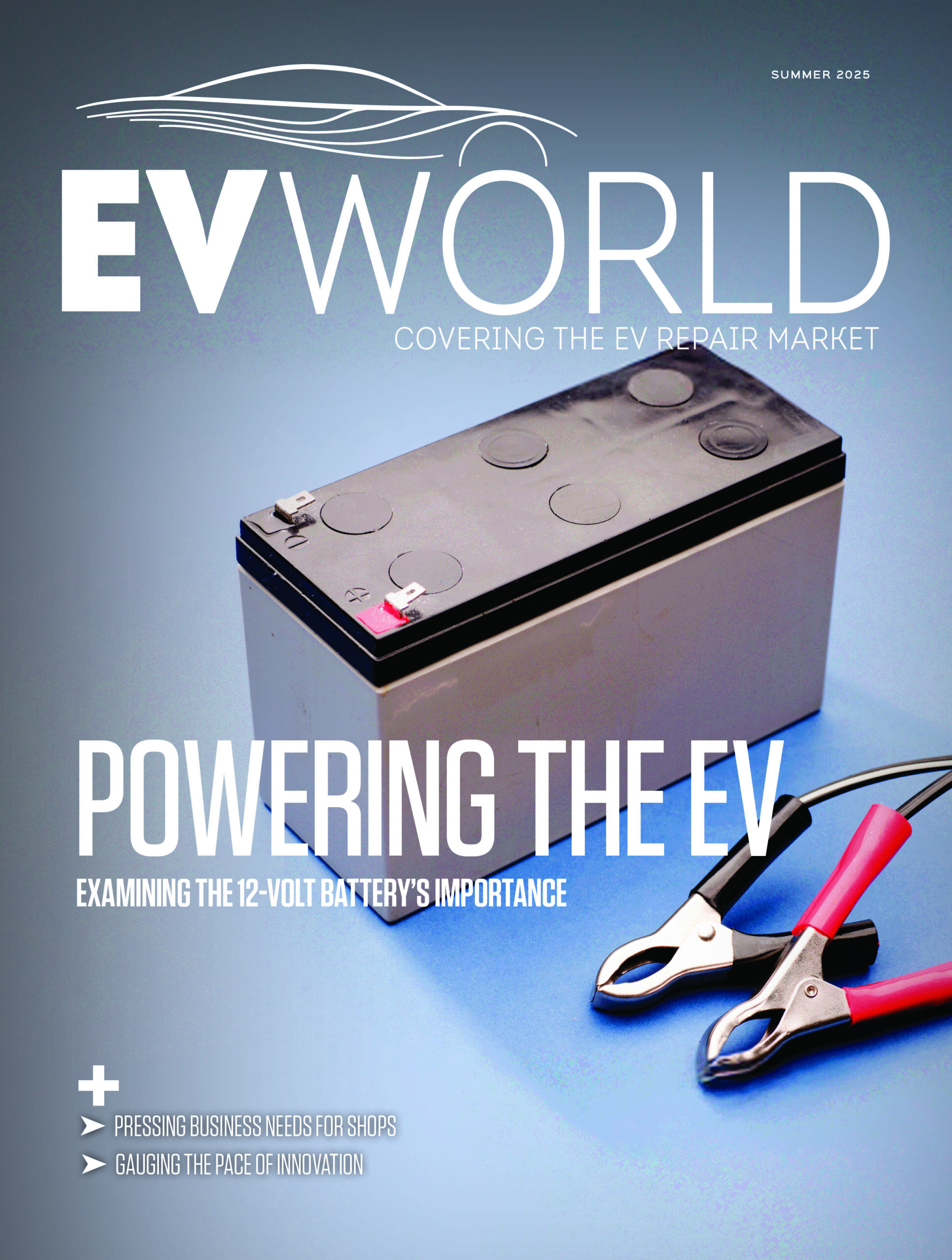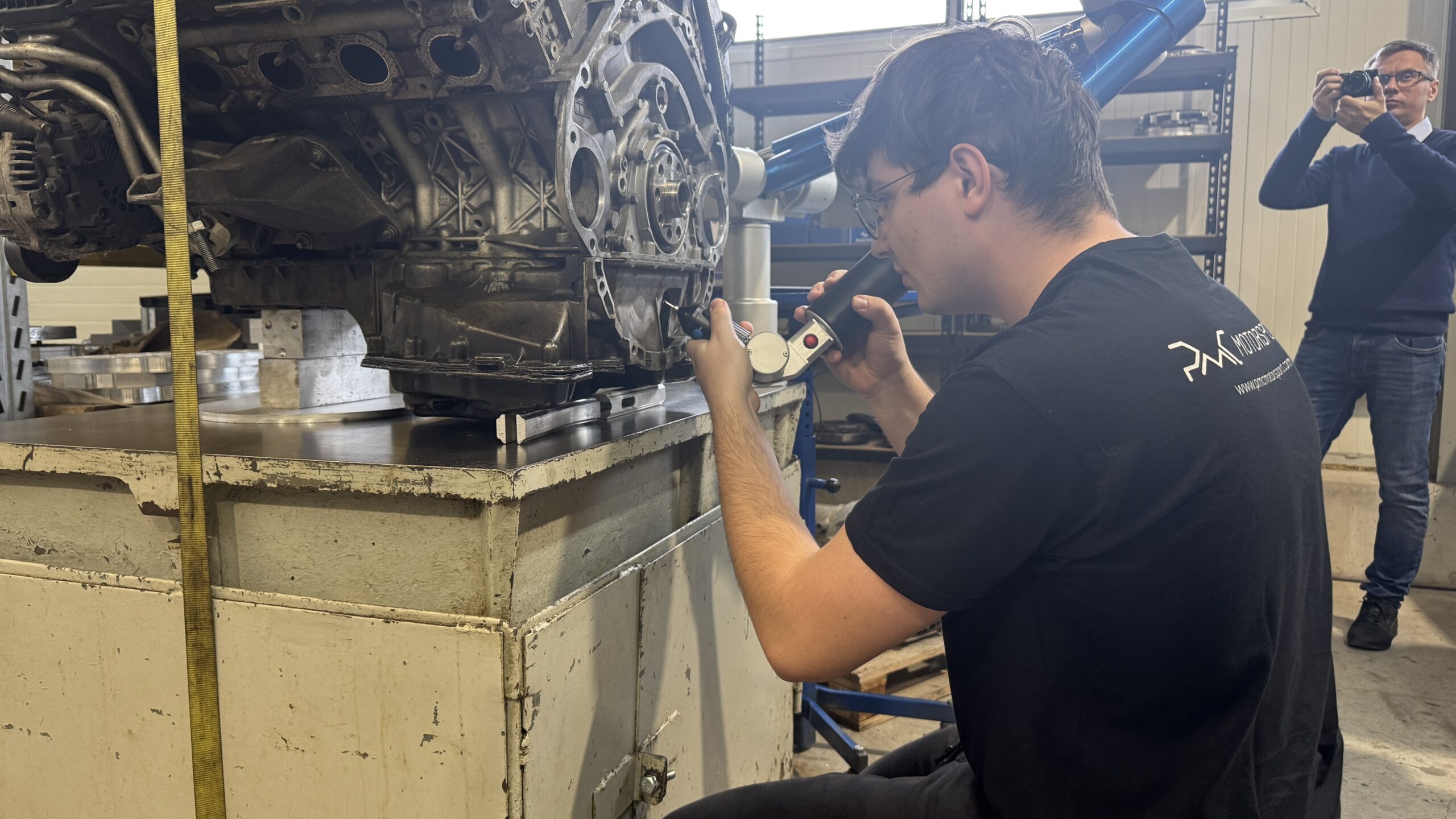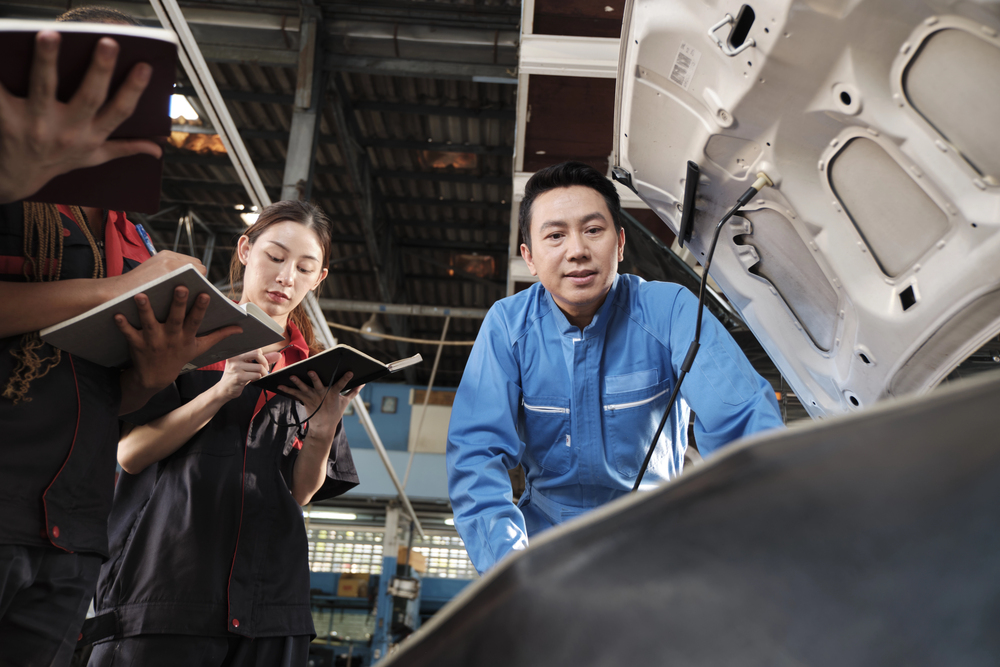
AI is set to transform vehicle diagnostics, making repairs quicker and more accurate for automotive technicians, according to one automotive aftermarket leader.
Pete Bradley, head of international technical training and association affairs at Hella Gutmann Solutions, spoke at the MEMA Aftermarket Suppliers Technology Conference last fall about the transformative potential of AI in vehicle diagnostics. He emphasized that as vehicles become more complex, the role of AI in aiding technicians is becoming increasingly crucial.
“The more efficient the diagnostic, then the quicker the repair decision, the correct repair decision and accurate repair decision can be made,” Bradley explained during the session, AI: Already a Reality in the Aftermarket
However, he noted that modern vehicles’ integrated systems, which communicate with each other, can turn a simple fault into a complex diagnostic challenge. This complexity calls for improvements in the diagnostic process itself, including better training, access to accurate repair and maintenance information (RMI) and the use of knowledge databases.
Bradley highlighted the ongoing issue of “swap-nostics,” where technicians, unsure of the problem, replace multiple parts in hopes of fixing the issue.
“It sounds good, but it’s really a case of, ‘I have no clue what is wrong with this vehicle,’” Bradley said.
The tech may know it’s a fuelling issue but can’t figure out the source. So they order a fuel injector and a fuel pump and maybe other items they think will solve the issue.
But this approach, Bradley pointed out, affects the entire value chain, from logistics to the time spent swapping parts. And none of these may actually solve the problem. Then they bring in another tech to help them figure it out. That’s a lot of wasted time, he added.
To minimize this trial-and-error approach, Bradley stressed the importance of technician training and developing their knowledge base.
“Minimizing that sort of attitude takes training, takes knowledge. Also minimizing it is really the key to getting it right from the get-go,” he stated. Many technicians, he added, forget the basics, which is where AI can play a pivotal role.
Bradley believes AI can enhance the diagnostic process by guiding technicians in the right direction without having to dictate every step.
“The AI solution is taking, let’s say, the diagnostic process, improving it so the technician is led — not by the hand down a strict path — but certainly led in the right way in order to get to a qualified and quantified repair decision for that vehicle,” he explained.
Session moderator James Irvine, host of the Heavy Duty Parts Report and CEO of Heavy Duty Consulting Corporation, agreed that the complexity of vehicles these days necessitates greater assistance that technology can provide.
“The systems are so complex and interconnected now that the root cause analysis could nearly be impossible without these kinds of tools being brought forward to keep pace with the technology in these vehicles,” he said.
Related Posts
Comments
-
AI is NOT a tool for techs to use. All it will do is train them not to think. You still need to use analytical thought in diagnostics to achieve a positive result.
-
If AI makes a tech stop thinking, they weren’t thinking that hard to begin with. The best techs use every tool at their disposal (including AI) to think faster, spot patterns sooner, and make better calls.
This isn’t dumbing it down; it’s leveling it up. AI is here to augment, not replace.













Leave a Reply